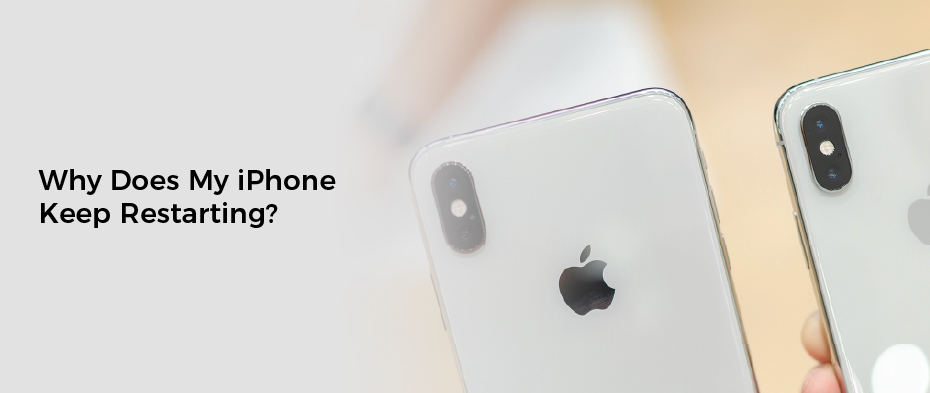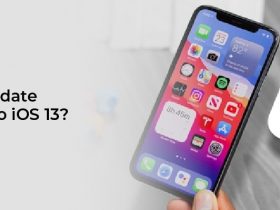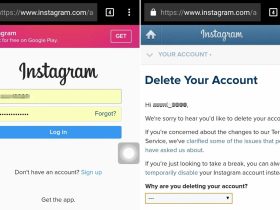If you have a iPhone and you are having trouble with it, it is likely that you are having some sort of issue, such as a problem with the phone’s battery or the device’s settings. There are several ways you can fix these issues. You can reset the settings or uninstall an app. If the problem persists, you might want to try a hard reset.
Reset all settings
If your iPhone keeps restarting, you have a couple of options. One is to reset all settings. While this isn’t going to erase all your data, it will fix a lot of problems.
To reset all settings, head to Settings and tap General. You can also try updating apps, uninstalling apps, or deleting files that may be causing your phone to restart.
Checking the battery and charging port is a good first step. Make sure they are both clean and dry. Also, make sure you’re using the latest iOS version. This will ensure you’re running on the latest software that fixes bugs.
Using a new charger, charging cable, or adapter is another way to get your phone to stop restarting. Using a new power cord will also work, but be careful!
Another option is to factory reset your iPhone. Reseting all settings will clear out all your customizations, and will restore your device to its default settings.
If your iPhone is still constantly restarting after you’ve tried everything else, it’s possible that your network settings are the culprit. In order to reset your network settings, you’ll need to know your Wi-Fi password. If you’re unsure of what you’re doing, you may want to talk to an Apple employee. They’ll be able to help you figure it out.
Similarly, resetting your location and privacy settings will reset them to the defaults. You can do this in the Privacy section of Settings. After you’ve reset your location and privacy settings, you’ll need to set up your WiFi network again. It’s important to remember that these settings are stored in your device, and they won’t be restored unless you re-enter them.
Check the battery health
If you are concerned about your iPhone’s battery health, there are ways to monitor it. The first step is to make sure your iPhone has enough charge to run all of your apps. To check, head to Settings – Battery – Battery Health.
You can view your battery’s capacity, performance, and usage over the last 24 hours and the last 10 days. A healthy iPhone battery should be 80% or higher.
If your battery’s capacity is below 80%, you should get a new battery. Apple’s warranty covers 80% capacity batteries for a year. After that, you can replace the battery yourself or pay an authorized service provider to do it for you.
Apple’s battery health reporting process is ongoing. It may take a few weeks for the report to be complete. This is because iOS is resetting your iPhone’s capacity.
Unlike older versions of iOS, newer versions include technology that recalibrates your battery statistics when necessary. When it’s time to reset your iPhone’s battery, there are some simple steps to follow.
First, you must back up your iPhone. Next, you must plug your charger into your device. Once the battery is plugged in, you can then go to the Battery Health page in the settings app.
The Battery Health page will display a column for each of your apps. Tap the column next to the app you’d like to check and it will show you its contribution to battery usage. Alternatively, tap the icon that appears on the right to go to the corresponding setting.
During the calibration process, your battery’s capacity and peak performance capability will be adjusted. Depending on how your battery is performing, this could result in a lower maximum capacity percentage or a higher peak performance capability.
Uninstall an app
If your iPhone keeps restarting, there are a few things you can do to try and resolve the problem. One is to uninstall an app. This is especially true for games. Another option is to use a reset tool.
There are also software updates you can try to fix the issue. These can include updates to your iOS version or a hard reboot. But if the problem isn’t fixable, you may have to consider a factory reset.
The easiest way to perform this is to connect your phone to your computer and reinstall the iOS data management program. Once this is done, you can restore your settings from the factory defaults. It will reset the apps and settings that aren’t needed anymore. Afterward, you can go about your day without worrying about restarting your phone.
Some iPhones will not allow you to uninstall an app, but this isn’t always the case. You can use the App Library to remove an app from your home screen. Also, you can enable automatic app removal. Alternatively, you can use the Settings app to do the same.
However, if you do decide to delete an app, be sure to delete the one that’s really in the way. Otherwise, you might end up deleting all your data, which isn’t very practical.
Other solutions you can try are to delete the app, clear the cache, or empty the downloads folder. Finally, you can check your settings to make sure you are using the most efficient Wi-Fi connection. That’s the shortest way to get back on track.
Keeping up with software updates can be a big help. Check your app store for updates. You can also check for upcoming automatic updates. Depending on your phone and carrier, you may be able to update without using your Wi-Fi.
Perform a hard reset
If your iPhone keeps restarting, you may want to consider performing a hard reset. This is a quick and easy solution to fixing restart loops. It doesn’t work for every iPhone, though. Some iPhones need a more complicated fix, such as a factory reset.
A restart loop is a problem that can be caused by hardware or software glitches. If you have a newer model of iPhone, there is also a possibility that your device is infected by malware. To prevent this, you should regularly back up your iPhone using iTunes.
Hard resetting your iPhone is only necessary if you are unable to perform a soft reboot. The process is similar to pulling the plug on a PC, but is not as effective. You will have to wait a few minutes for the process to complete.
To perform the hard reset, you will need to press the Power and Home buttons at the same time. Make sure that you hold them down for about 20 seconds. Once the screen goes black, the Apple logo should appear.
Performing a hard reboot of your iPhone isn’t going to be the smartest move you make, but it might be the only option left. Fortunately, this method won’t remove any data, and reinstalling IOS will restore your iPhone to its original state. However, if you’re experiencing a problem with your phone, you may need to take it to the nearest Apple store for further diagnosis.
Another way to solve your iPhone restarting problem is to try resetting your network settings. To do this, you’ll first need to enter the Settings app. From here, you’ll need to tap Reset Network Settings.
Troubleshoot iPhone glitches
When you have a problem with your iPhone, there are a few steps that you can take to solve it. For example, you can try factory resetting your phone and restarting it to see if this will resolve the issue. Another option is to contact Apple Support.
Some common iPhone glitches can be resolved by uninstalling applications or clearing out unnecessary files. You can also try downloading an application from the Apple App Store. However, it may be a good idea to back up your personal data before doing so.
If the problem is with your battery, you may need to purchase a new battery. Removing the protective case can help solve this problem as well. It is a good idea to move the phone to a shady spot for a while.
You can also try turning Auto-Brightness off. This will help ensure that your screen is not flickering and that it displays an accurate brightness level.
If the problem still persists, you may need to do a factory reset. To do this, press and hold the side button on your iPhone until the Apple logo appears. After the reboot, you can either reinstall apps or perform a system update.
One of the best ways to fix iPhone glitches is to upgrade to a new version of iOS. This will reset the software on your device and eliminate the glitch. The only downside to this method is that you need to download the upgrade to the correct version of iOS.
Another option for fixing iPhone glitches is to use the Tenorshare ReiBoot. This program can help you resolve more than 50 different iOS system issues.










Leave a Reply